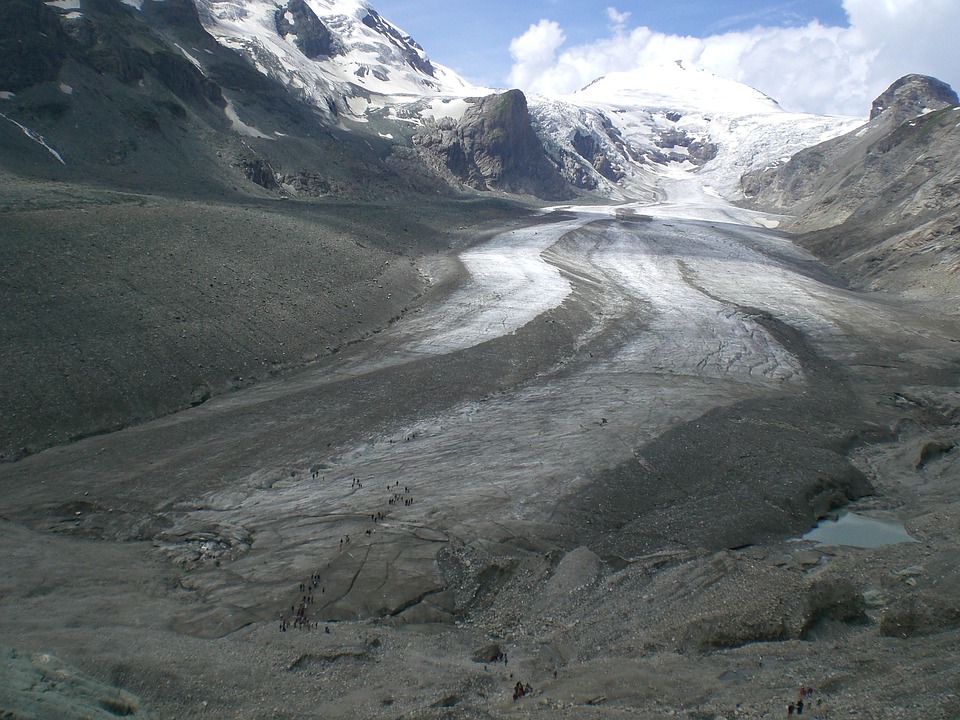How Abrupt Changes in Elevation Affect Climate Patterns
Introduction
Elevation plays a crucial role in shaping climate and weather patterns. Understanding how abrupt changes in elevation influence local and regional climates is essential for predicting environmental shifts, especially in mountainous areas. Regions with significant elevation variations, such as mountain ranges and valleys, exhibit distinct climate characteristics that can affect ecosystems, agriculture, and human settlements.
How Elevation Affects Climate
The relationship between elevation and temperature is governed by the lapse rate, which indicates that temperature generally decreases with altitude at an average rate of about 6.5°C per 1,000 meters (3.5°F per 1,000 feet). Higher elevations typically experience cooler temperatures, increased precipitation, and thinner air. Abrupt changes in elevation can create diverse climate zones within short distances, leading to significant variations in weather patterns.
Climate Patterns in Mountain Regions
– Windward vs. Leeward Sides: Mountains force moist air to rise on the windward side, leading to cooling and condensation, which results in higher rainfall.
– Rain Shadow Effect: The leeward side of mountains often experiences significantly less precipitation due to the orographic effect. As air descends, it warms and dries out, creating arid conditions. Notable examples include the eastern Sierra Nevada in the U.S. and the Atacama Desert in South America.
Microclimates in Areas with Abrupt Elevation Changes
In mountainous regions, microclimates develop due to variations in sun exposure, soil types, and vegetation. Steep elevation gradients can create distinct climate zones such as alpine, subalpine, and montane within short distances. These microclimates often lead to biodiversity hotspots where different climate zones support unique ecosystems, as seen in the Himalayas and Andes.
Impact of Elevation on Temperature and Precipitation Patterns
Temperature decreases with altitude leads to cooler climates at higher elevations. Additionally, high elevations often receive more precipitation in the form of rain or snow due to orographic lift. Seasonal snowpack at these altitudes is critical for downstream water availability in lower regions.
Case Studies of Regions with Abrupt Elevation Changes
– Rocky Mountains, USA: The climate varies significantly from foothills to high peaks, impacting local ecosystems and biodiversity.
– Andes Mountains, South America: This range showcases diverse climate zones from tropical valleys to snow-covered peaks within short distances.
– Himalayas, Asia: The elevation gradient creates environments ranging from subtropical valleys to alpine tundra, greatly influencing local climates.
Effects on Human Settlements and Agriculture
Abrupt elevation changes significantly influence where communities are established and the types of crops that can be grown. In mountainous regions, agricultural adaptations include terracing and crop selection suited to specific elevations. Microclimates also support diverse agricultural products; for instance, coffee thrives in mid-elevation areas while potatoes are cultivated at higher altitudes.
FAQs
– Why do temperatures decrease with elevation?
Temperatures decrease with elevation due to lower air pressure at higher altitudes; as air rises, it expands and cools.
– How do abrupt elevation changes create different weather patterns?
Rapid changes in elevation can lead to distinct microclimates due to varying temperature and moisture levels across small geographical areas.
– What is the rain shadow effect?
The rain shadow effect occurs when moist air is forced upward by mountains; it cools and condenses on the windward side but results in dry conditions on the leeward side.
– Can elevation changes affect biodiversity?
Yes, different climate zones created by elevation changes can support unique ecosystems and contribute to biodiversity hotspots.
– How does elevation influence agriculture in mountainous regions?
Elevation affects temperature and precipitation patterns critical for crop selection; farmers often adapt practices based on local microclimates.
– Why do mountain regions have unique microclimates?
Variations in slope orientation, vegetation cover, and altitude contribute to unique microclimates within mountain regions.
Conclusion
Abrupt changes in elevation lead to varied climate patterns that create distinct ecosystems and weather conditions. Recognizing the impact of elevation on climate is vital for understanding regional weather dynamics, agricultural practices, and biodiversity conservation efforts. Preserving mountainous regions is essential as they serve as critical areas for climate regulation and rich biodiversity.

Kyle Whyte is a notable scholar and professor at the University of Michigan, holding positions such as the George Willis Pack Professor in the School for Environment and Sustainability and Professor of Philosophy. Specializing in environmental justice, his work critically examines climate policy and Indigenous peoples’ ethics, emphasizing the nexus between cooperative scientific endeavors and Indigenous justice. As an enrolled Citizen Potawatomi Nation member, he brings a vital perspective to his roles as a U.S. Science Envoy and member of the White House Environmental Justice Advisory Council. His influential research is supported by various prestigious organizations including the National Science Foundation, and disseminated through publications in high-impact journals. Kyle actively contributes to global Indigenous research methodologies and education, with affiliations to numerous institutes and societies dedicated to traditional knowledge and sustainability. Recognized for his academic and community engagement, Kyle has earned multiple awards and served in various visiting professorships. His efforts extend to leadership positions on boards and committees focused on environmental justice nationwide.
